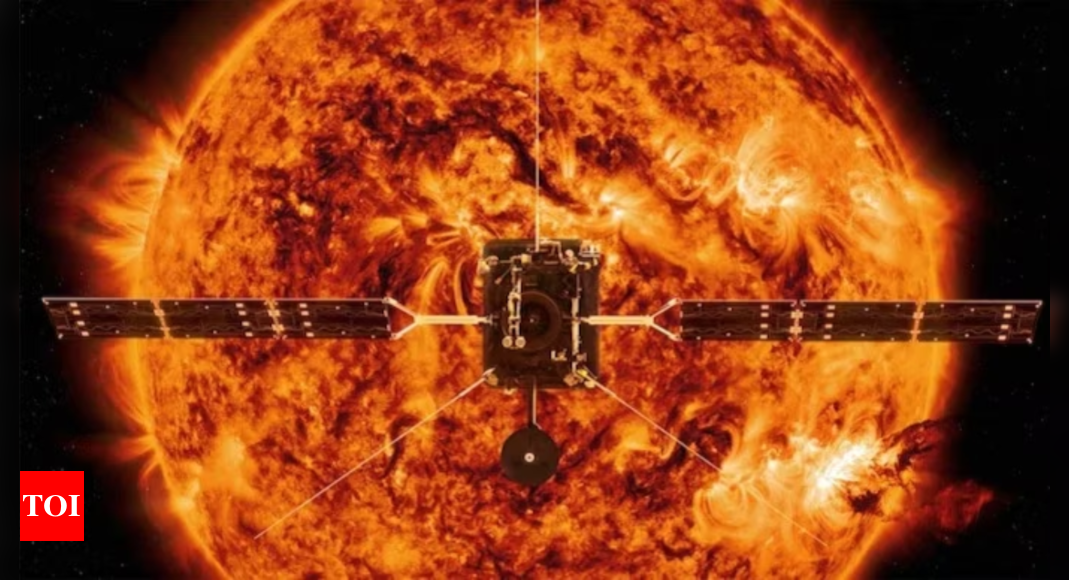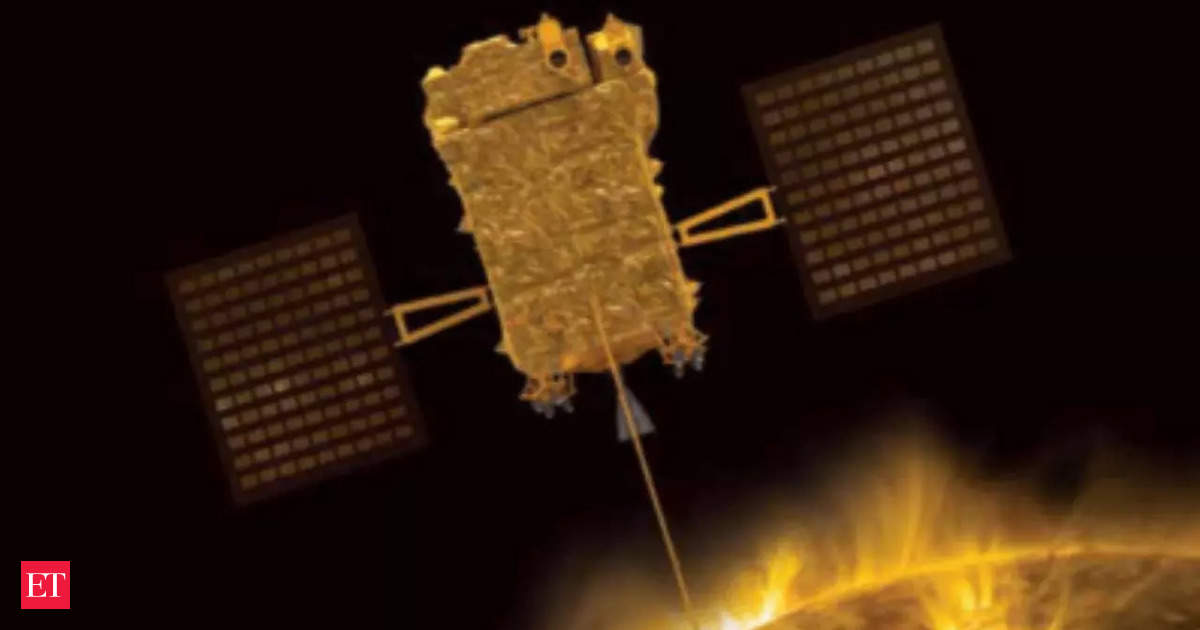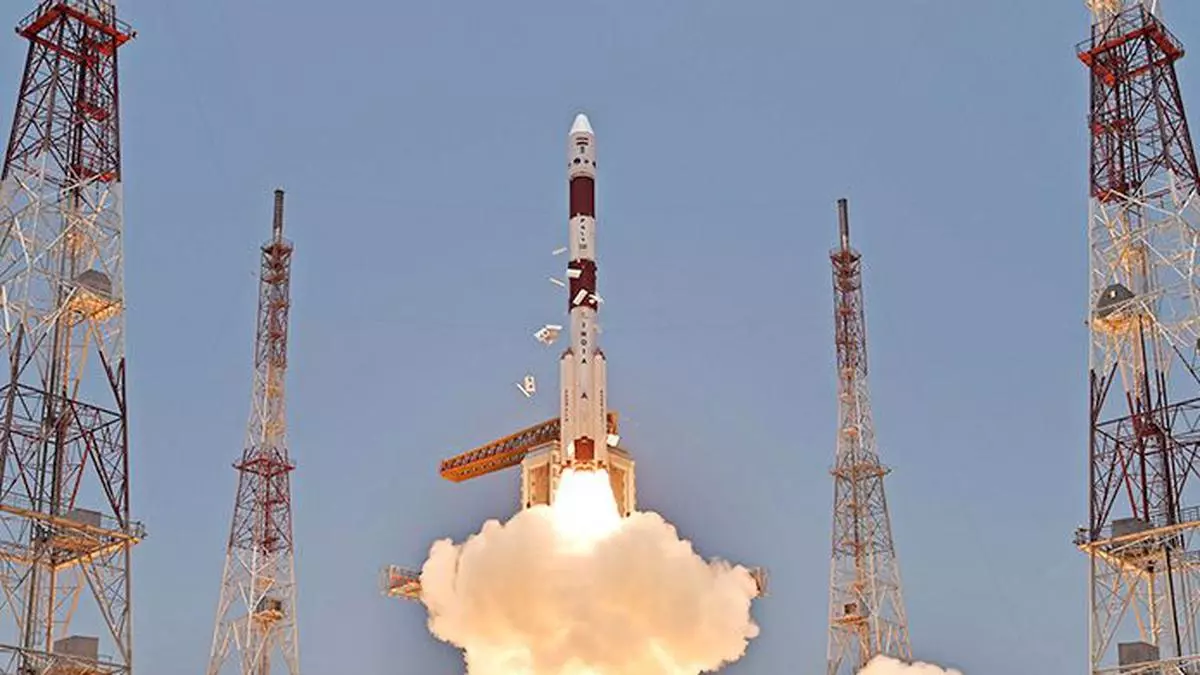ISRO has successfully placed India’s Aditya-L1 space probe into a halo orbit around the Sun-Earth Lagrange’s Point 1 (L1), where it will study the Sun for the next five years. Aditya-L1, designed and realised by ISRO, will carry payloads to study phenomena such as coronal heating, Coronal Mass Ejection, and space weather. The probe’s trajectory and final orbit were meticulously planned to ensure minimal exposure to radiation and provide uninterrupted communication with ground stations.
-
Uncategorized
-
Uncategorized
India’s groundbreaking Aditya L1 mission, aimed at studying the Sun, is swiftly approaching its crucial moment of settling into its designated orbit. Launched on September 2, the spacecraft is on the cusp of entering what’s termed a ‘halo orbit’ around the Lagrange Point 1 (L1).
-
Uncategorized
India’s newly launched Aditya-L1 mission has captured its first solar flare in high-energy X-rays. The mission’s High Energy L1 Orbiting X-ray Spectrometer (HEL1OS) instrument spotted the impulsive phase of a solar flare, which occurred less than two months after the probe’s launch. Aditya-L1 resides at the Sun-Earth Lagrange Point-1 and carries seven scientific instruments. HEL1OS concentrates on studying X-ray emissions from solar flares, aiming to understand their connection to high-energy particles. The instrument is currently undergoing testing and calibration.
-
Uncategorized
Aditya-L1 is the first Indian solar observatory-class mission that will study the Sun’s outer atmosphere, providing crucial solar insights. It will operate from a distance of approximately 1.5 million km from the Sun.
India’s space agency launched a rocket on Saturday to study the sun in its first solar mission. The Aditya-L1 spacecraft will study solar winds and their impact on earth’s climate patterns and the origins of solar wind. The mission also aims to address the challenge of safeguarding satellites from space-weather events.











